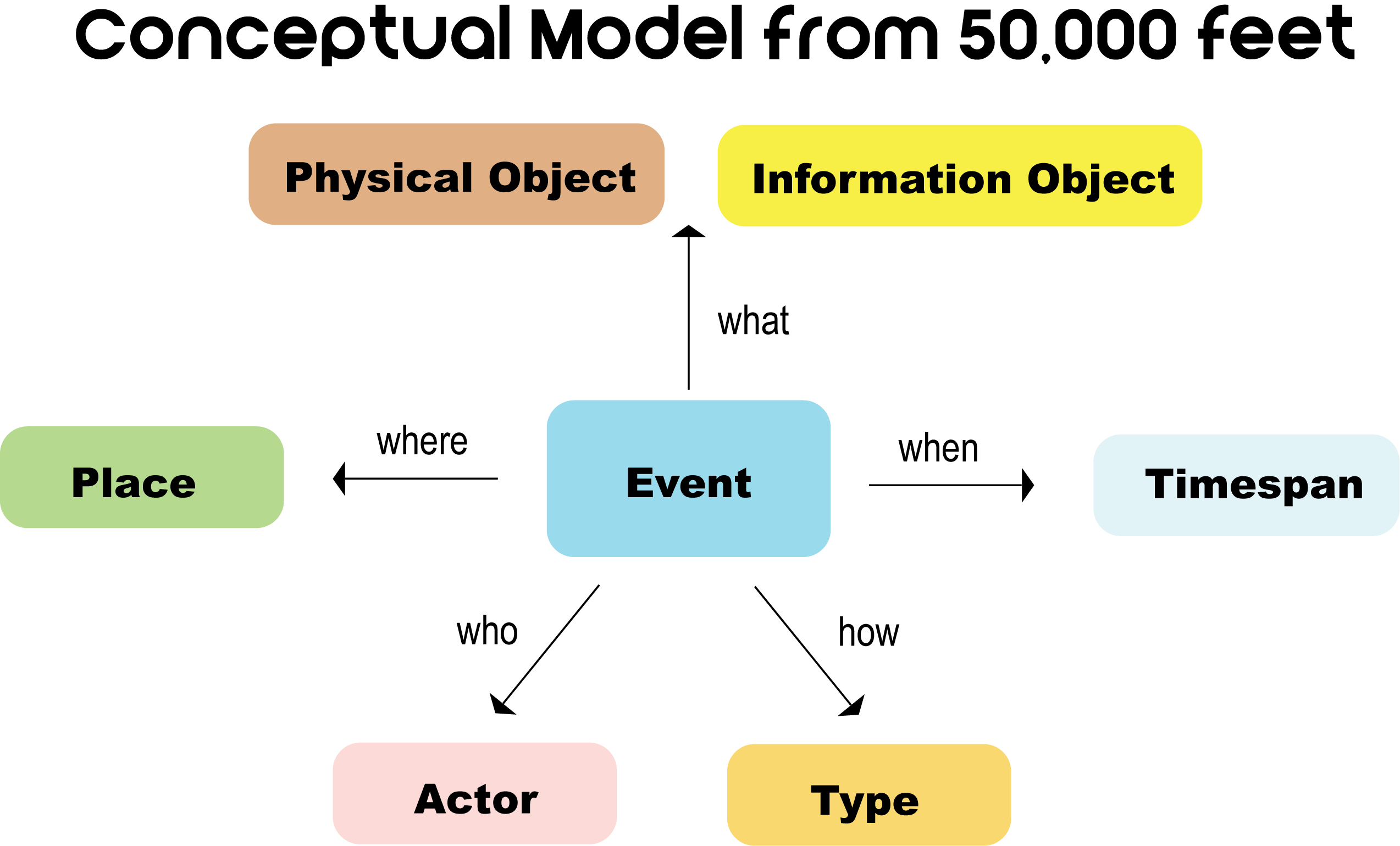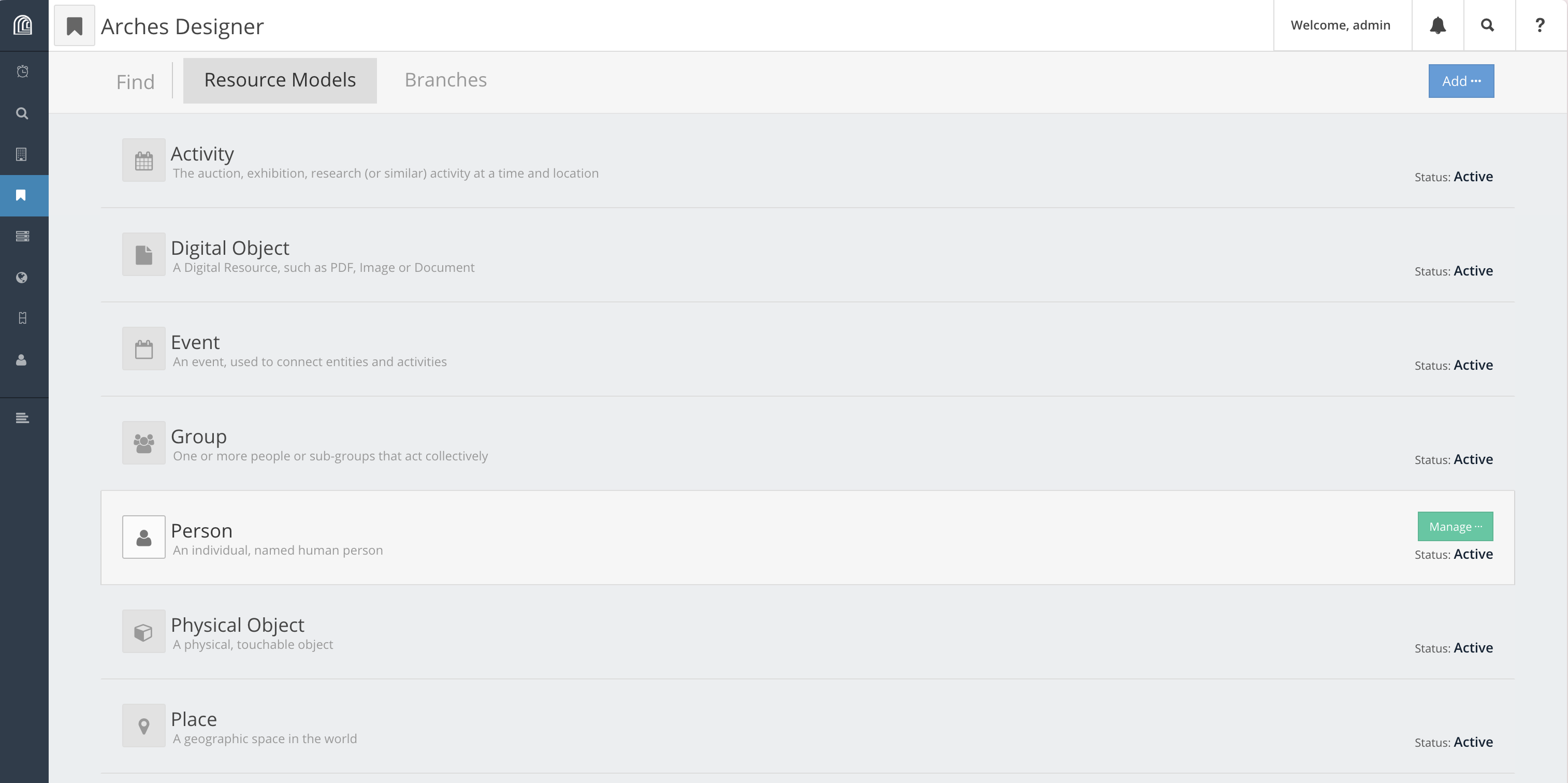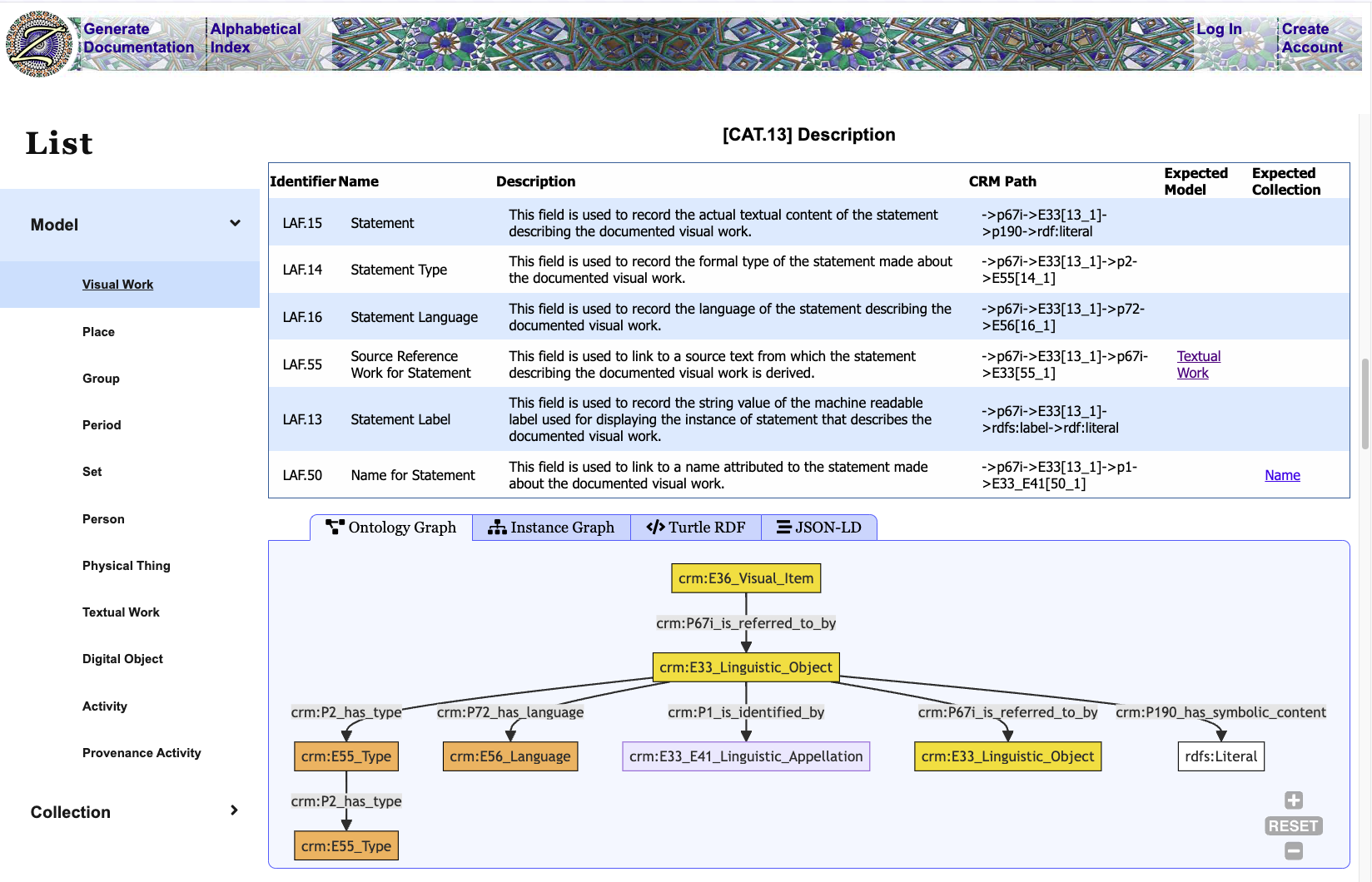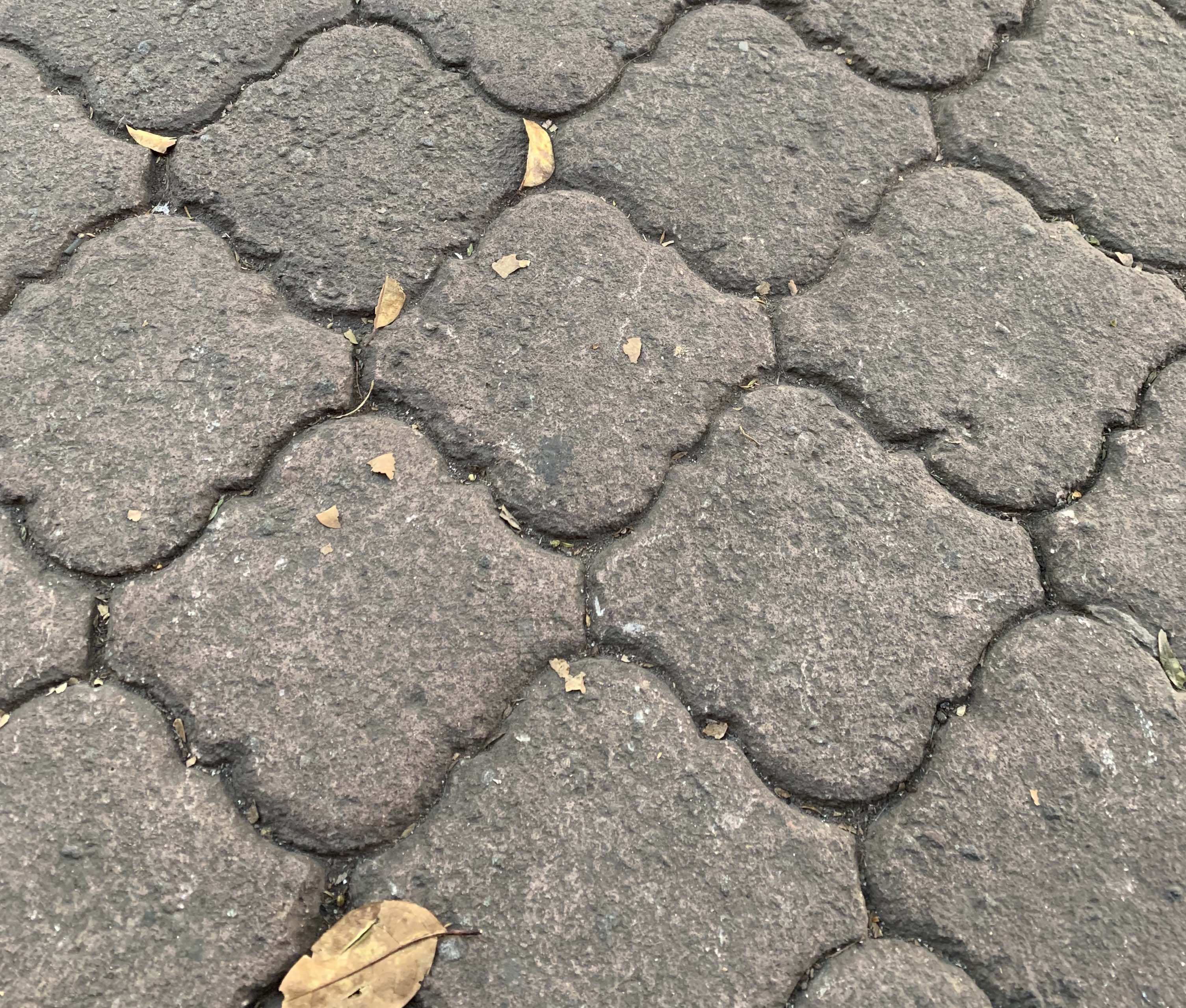Ready-to-Go
Deploy Linked.Art, Semantic Data Easily and Correctly
Ogee Arches is a package designed for the Arches platform that implements the Linked.Art data model, provides a complete vocabulary to support that data model and is fully documented with reusable documentation.
Ogee Arches has been created by Getty Digital with the support of Takin.solutions. Its primary aim is to serve as a starter Arches package for projects aiming to use the Linked.Art standard and wanting to adopt the Arches Platform. Ogee Arches takes the difficulty out of starting a Linked.Art compatible data project using Arches by providing the complete set of models envisioned by Linked.Art and setting them up in a ready to use fashion in the Arches Platform.
Ogee Arches is intended to be used as a starting point for data modelling projects where it can be extended or pruned in order to meet the needs of the data project in question. Getty Digital, moreover, offers the package together with Takin.solutions as an open source resource for any institution or individual to adopt as a way to kick start their semantic data projects.

Standardized Data Models
Get going with fully implemented Linked.Art Semantic Data Models
The Linked.Art community works together to create an implementation roadmap for data integration using the CIDOC CRM standard. It creates standardized semantic data models which allow the accurate semantic recording of facts regarding basic objects and their relations in the museum world and the integration of this data across institutions.
To be implemented by an end users, however, Linked.Art needs to be developed into a data system capable of supporting semantic data. The Arches platform provides just such a capability and, moreover, awaits well formatted and conceived data model packages in order to drive its functionality.
For this reason, the Ogee Arches package has strictly followed the semantic data modeling patterns as documented on the Linked.Art web documentation (current as of December 2023) in order to create an implementation of Arches which allows users and developers to start working from canonical Linked.Art from the word go. Ogee Arches implements the eleven data models projected by Linked.Art and strictly follows the data model patterns and api documentation provided on that site.
Users adopting Ogee Arches will make Linked.Art compatible data from the start, can learn more about this data model and begin to edit it by extending it or limiting it to their use case. It provides a great off the shelf way of getting going with a new Linked.Art based project ready to go in a fully functional instance of the Arches platform.

Defined Vocabulary
Pre-Organized Reference Data Points you in the Right Direction
A major issue of any implementation of semantic data models, including Linked.Art, in Arches is the need to setup standardized vocabulary to support the system. Rich semantic data models like Linked.Art call for a rich set of vocabulary which users may or may not have ready to hand. This can be a major delay in implementation as users struggle to build correct vocabulary data structures and struggle to find terms to fit into those data structure.
Ogee Arches takes the pain out of this process by providing a ready-made standard vocabulary implemented in the RDM and its collections in order to support the Linked.Art models. In effect, what this means is that Ogee Arches comes with a ready structure for adding new terms to a well structured vocabulary and is already primed with sample terms for all standardized concept data types. This takes the guesswork out of understanding the intention of various semantic fields and gives good vocabulary terms (usually from the Getty AAT) as basic examples.
As with the semantic data models, the idea is to help users get going with building their own system and customizing it to their own needs. The vocabulary that comes with Ogee Arches can be pruned or added to according to the use case of the project, but end users already have a strong guide as to best practice of how to build out and enrich the vocabulary component of their Linked.Art based semantic data models.

Full Semantic Documentation
Rich documentation explains your system semantics
A major feature of Ogee Arches is its documentation. With Ogee Arches we want to give users the chance to efficiently and effectively enter into the world of semantic data modelling in a way that delivers results in the near term. This means putting a system in your hands which you can get working with immediately: experimenting with, adding to, subtracting from and building on.
Semantic data lives in an open world, and any project adopting Ogee will take it up and ultimately make it their own. That’s why Ogee Arches is documented using the Zellij tool which creates a modular documentation of the precise implementation of each of the models and fields offered in Ogee Arches. This documentation is meant first as a common space for modellers, developers and end users to understand the system they have adopted, what it can express, how the data is formatted and can be accessessed, used and written.
It is also a documentation that is left open. Users of Ogee who wish to can take up and extend, subtract and modify the initial documentation using the semantic reference data modelling method, in order to fully document and share their models and Arches implementation with others.

Why Ogee?
Patterns that Show the Unity across Diversity
The Ogee is a design pattern that appears across cultures and times and has appearances across Islamic, Judaic, Christian, European and contemporary art design worlds. The Ogee appears in arches and in tessellated patterns and is characterized by its double s or serpentine shape. The Ogee is a common pattern that appears across cultures and times and shows a fundamental, beautiful design choice that has been landed on again and again over time. In its tesselated form, it beautifully links together across a potentially infinite space in order, displaying a fundamental unity across space and time.
The Ogee symbolically captures a part of the optimistic spirit of Linked.Art and linked open data in general, pointing towards the potential for a coming together of ideas and knowledge through commonly adopted patterns which nevertheless enable the expression of infinite variation. Ogee Arches implements Linked.Art models which aim to be such reusable patterns adopted again and again by different individuals and institutions for different reasons but serving as a potential framework for a broader integration of knowledge into a wider fabric beyond institutional and disciplinary limits in the pursuit of knowledge for the sake of knowledge.
We hope Ogee Arches is a starting point and not an end point. It is a path into the semantic world, which we hope will serve to reveal a space of data patterns and ideas which can be shared across institutions, teams and disciplines to open up a new mosaic of information between its adopters.




